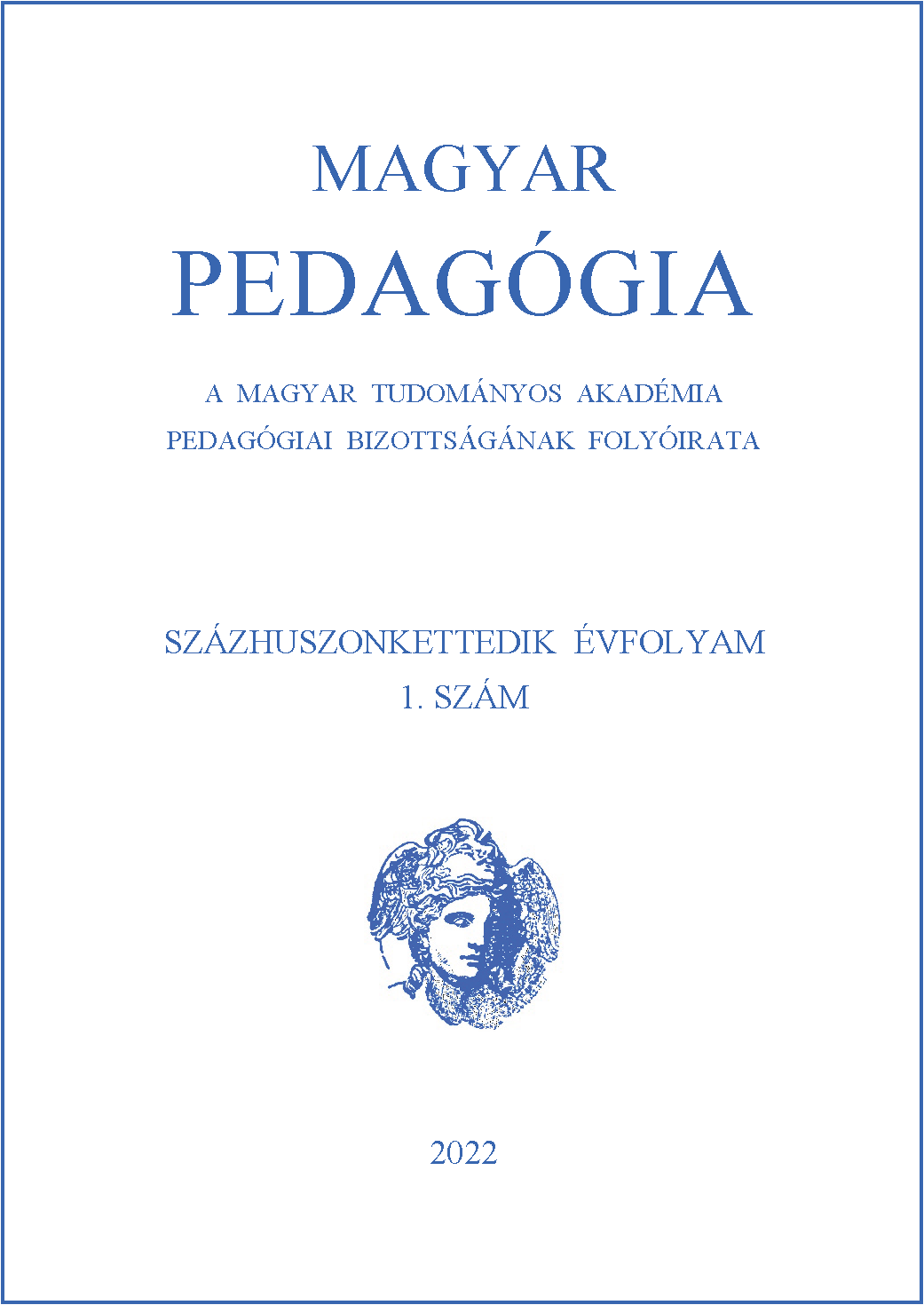A feladatközpontú nyelvtanítás (TBLT) elmélete és gyakorlata
Main Article Content
Absztrakt
The paper addresses the measurable lack of success in foreign language learning in Hungary and elsewhere, complete with possible reasons, and proposes that task-based language teaching (TBLT) may provide a potential classroom solution. It begins with a definition of TBLT and its basic building block, the task, along with a clear example and a distinction made between TBLT and content-based language teaching (CBLT). The article also traces the early formative history of this language teaching and learning paradigm and describes a pioneer TBLT programme, the Communicational Teaching Project, in the mid-1980s. It then outlines the remarkable spread of the TBLT project since then. It contrasts the TBLT framework to that of PPP (present, practise, produce), with a possible explanation for the staying power of the latter, and ends with critiques of TBLT, for example, the perceived emphasis of communicative meaning at the expense of grammatical form, as well as specific conclusions, including a call for a hybrid task-supported programme (as opposed to one based entirely on tasks) as a pedagogic transition for learners and teachers. With its concrete examples, it is hoped that the study will be of practical use to teachers and learners of all foreign languages.

